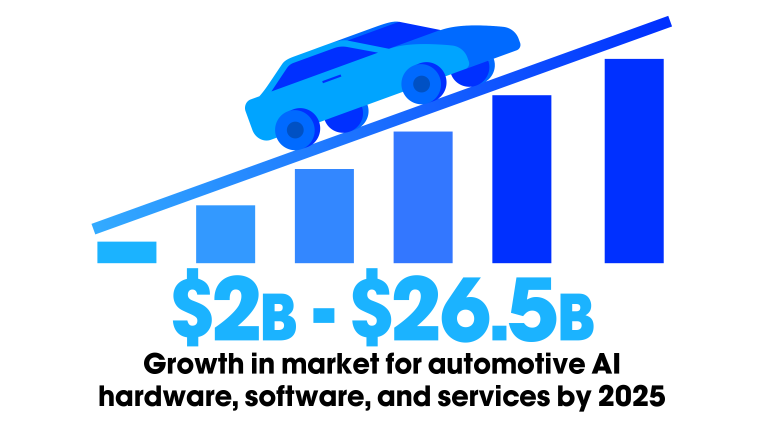What’s needed to prove ROI on an investment in voice
The greatest gap that exists between monetizing for voice today and all the ways brands will monetize tomorrow is in the user research data. Finding ways to record, collect and share some of the more common monetization metrics should be fairly easy. Measuring the gap between sales before and after implementing a voice assistant into a product is a fairly simple way to determine if the addition of a voice assistant creates greater demand for the product.
Of course, you can’t measure the benefit of having a voice-enabled product if your users don’t know you have a voice assistant and aren’t encouraged to use it. The first rule of engagement for a voice-enabled product is customer discovery and the second is user education.
In a world where most people spend considerable amounts of time researching purchases on the internet, positive customer reviews and industry reviewer recommendations are key to future sales. When your product is under review, and compared to other similar products in your market, a responsive voice assistant that understands context and can retain certain information about the user and the user’s preferences is more likely to garner the positive attention that will positively impact sales.
Conducting sentiment analysis will help your voice teams to determine the efficacy of your voice assistant and areas where the voice user interface needs to be improved. Customer sentiment data can also be gleaned from the information gathered by the device itself.
A powerful metric for determining the true value of a voice-enabled product may be your ability to sustain market growth over time. Of course, if your company decides to forgo an investment in voice AI, the lost market share may not be immediately evident. If you don’t already have a voice-first strategy in place, by the time your product becomes obsolete, it will be too late.
Emerging opportunities for revenue generation
Strategic partnerships are emerging as one of the most powerful ways to monetize in a voice-first world. Automakers have already started creating opportunities for companies to capitalize on their in-car voice assistants through partnerships that recommend specific gas station brands or fast food restaurants when drivers ask for those types of destinations.
The challenge for brands offering partnership opportunities is to ensure that partner-influenced suggestions enhance the voice experience without becoming intrusive, unwanted interruptions. Since the principal goals of voice assistants are to increase convenience, build brand loyalty, and improve customer relationships, damaging those relationships in order to increase paid revenue would be counter to primary voice-first objectives and must be weighed carefully.
Brands that have already introduced voice control into their apps and devices are beginning to offer their air space for paid advertising. Although this new advertising channel is still in its infancy, it may soon become a “must-have” strategy for every brand.
Adobe’s 2019 Voice Report reported that 38% of consumers find voice ads to be less intrusive than ads on television, in print, online, and on social media. Among those surveyed, 39% felt voice ads were more engaging and while only 25% of consumers have heard an ad on a smart speaker, that number is likely to grow and will soon include hearing ads on mobile apps.
In fact, Voicebot.AI recently reported that Pandora has begun running ads on its Voice Mode voice assistant—powered bythe Houndify Voice AI platform. According to the article, “The new ads on Pandora will start with a brief explanation of how the interactive aspect works. Once the ad is over, the listener will be asked if they want to know more. They can then respond affirmatively in order to receive more information about the brand behind the ad. If they aren’t interested, they can say no or be silent for a couple of seconds and the ad will end.”
Voice ads and paid partnerships promise great potential for both the company that has developed the voice-enabled app or device, and brands hoping to replace TV ads and other disappearing modes of advertising. As voice AI technology continues to develop and become more natural, consumers will be looking for more opportunities to interact with everything in every context.
This growing trends in voice AI promise to open up ways to monetize that haven’t been envisaged yet. The advancement of voice tech will continue to provide opportunities to grow market share and increase customer loyalty. In the near future, either brands will be voice-first or in last place.
In a recent guide, “Overcoming the Top 3 Challenges of Voice AI Adoption,” top industry experts add their thoughts, insights, and suggestions to our exploration of the world of voice assistants and voice AI tech. Read the guide to take a deeper dive and to see what the industry is saying about realizing business value and growing market share in a voice-first world.
Karen Scates is a storyteller with a passion for helping others through content. Argentine tango, good books and great wine round out Karen’s interests.










